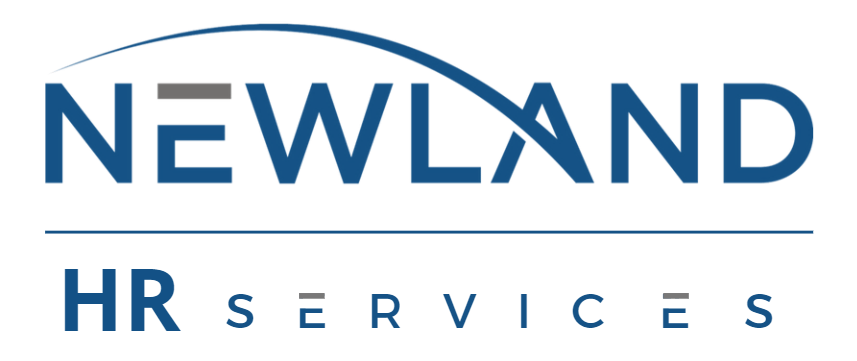Predictive Index leadership potential plays a crucial role in identifying emerging leaders early. In today’s fast-changing business environment, building a strong leadership pipeline has become a strategic imperative. Yet many organizations still depend on outdated practices such as subjective manager opinions, informal talent reviews, and reactive succession planning to identify emerging leaders. These methods often create blind spots that limit growth and engagement. By using data-driven tools like the Predictive Index (PI), organizations can uncover high-potential employees earlier, strengthen leadership readiness, and develop a sustainable internal pipeline that supports long-term success.
The Shifting Challenge of Leadership Readiness
Leadership today requires far more than the ability to execute strategy. Modern leaders must navigate constant change, motivate diverse teams, and lead through uncertainty. A recent global study of over 1,000 HR and learning professionals found that most organizations must rethink how they prepare leaders for the future. Traditional programs designed for stable environments are no longer sufficient for today’s dynamic workforce.
Research published by Harvard Business Review highlights the gap between intention and outcomes. Only 24 percent of senior executives believe their high-potential programs are effective, and just 13 percent are confident in their next generation of leaders. The message is clear: organizations cannot afford to wait until employees are already in senior roles before identifying their potential. Those that thrive invest early, developing leaders who are ready when new opportunities or challenges arise.
Why Traditional Talent Reviews Often Miss True Potential
Conventional talent reviews tend to emphasize visible performance indicators such as goal achievement, promotions, or tenure. While these metrics are valuable, they do not necessarily predict leadership success. Studies have shown that past performance is not a reliable measure of how an individual will perform in complex or unfamiliar situations.
This overreliance on performance metrics can cause organizations to overlook promising individuals who have not yet been given the chance to demonstrate their leadership potential. It can also lead to bias, as managers often favor employees who mirror their own style or background. As a result, talented individuals may disengage or plateau because they see limited opportunities for advancement.
To overcome these limitations, organizations need a more objective and forward-looking approach that identifies the traits and behaviors associated with leadership readiness, not just current performance.
How PI Behavioral and Cognitive Assessments Reveal Leadership Traits Early
Behavioral and cognitive assessments, such as those offered by the Predictive Index, provide a scientific way to measure an individual’s natural drives, motivations, and decision-making patterns. The PI Behavioral Assessment maps key factors such as dominance, extraversion, patience, and formality to reveal how people are likely to approach work and leadership challenges.
These insights allow organizations to spot potential leaders earlier, even among employees who have not yet held managerial positions. Individuals who score high in traits like adaptability, curiosity, and resilience often show strong potential for leadership growth. Research from Harvard Business Review supports this, noting that high-potential employees tend to share three qualities: ability, social skills, and drive.
When PI data is integrated into talent reviews, it gives HR and business leaders a more complete picture of potential. Instead of focusing solely on performance history, organizations can identify individuals who have the capacity to grow into leadership roles.
Real-World Example: Accelerating Leadership Development with PI Insights
Consider a healthcare organization that struggled to fill leadership roles internally. The company introduced PI assessments across its workforce and discovered several employees whose behavioral and cognitive profiles aligned with leadership needs. Although these individuals had limited management experience, their results showed strong learning agility and interpersonal influence.
The organization then created tailored development plans for these employees, combining stretch assignments, mentoring, and behavioral coaching. Within a year, time-to-promotion decreased, engagement scores improved, and turnover among high-potential employees dropped significantly. This example illustrates how using PI insights can reveal hidden talent, enhance development pathways, and reduce the need for external hires.
Integrating PI Data into Succession Planning and Performance Management
Building a PI-powered leadership pipeline requires more than conducting assessments. The data must be embedded into broader talent management systems. Organizations can integrate PI insights in three key areas:
- Talent Identification – Use behavioral and cognitive data to recognize potential leaders across all levels. This widens the pool of candidates and minimizes bias in selection.
- Development Planning – Align PI results with the organization’s leadership competencies, such as strategic thinking, collaboration, and innovation. Create personalized growth paths and coaching plans that address each individual’s strengths and opportunities.
- Pipeline Tracking – Incorporate PI data into dashboards that monitor leadership readiness, progression, and retention. These analytics help HR teams make informed, proactive decisions about succession.
When used consistently, PI insights transform succession planning from a reactive process into a strategic advantage that aligns leadership readiness with business needs.
Actionable Steps to Build a PI-Powered Leadership Pipeline
HR and talent development leaders can take practical steps to begin this transformation:
- Assess the current state of your leadership pipeline to understand where gaps and risks exist.
- Administer PI behavioral and cognitive assessments across key employee groups to uncover potential leaders early.
- Create personalized development plans that include targeted learning, mentoring, and stretch opportunities.
- Integrate PI data into talent reviews and HR systems to ensure leadership decisions are supported by objective insights.
- Communicate openly with employees about development opportunities to strengthen engagement and retention.
- Evaluate outcomes regularly by measuring promotion rates, retention, and leadership effectiveness.
Conclusion
In a business environment defined by rapid change and growing complexity, leadership development cannot be left to chance or intuition. Organizations that rely only on performance data risk overlooking the very people capable of leading their future success. By leveraging behavioral and cognitive insights from the Predictive Index, HR and business leaders can identify high-potential talent earlier, design more effective development pathways, and create a leadership pipeline that is both agile and sustainable.
Discover how Predictive Index can help your organization identify and nurture tomorrow’s leaders today.








